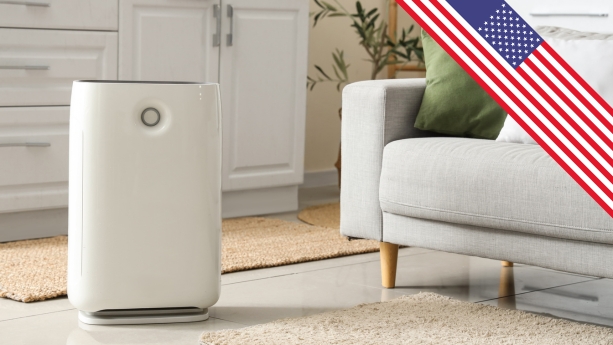Pet products and pet toys manufactured or imported to the United States are subject to various regulations. The specific requirements depend on the product type, but can cover chemicals, labelling, and safety standards.
In this guide, we explain how the TSCA, Lacey Act, country of origin marking, and other compliance requirements relate to pet products and pet toys sold in the United States.
Note: We do not cover any requirements relating to pet food, and do not list requirements that apply to products in general or packaging. Also, this guide does not cover all possible US regulations that apply to pet products.
Continue reading Pet Product Regulations in the United States: A Practical Guide





























